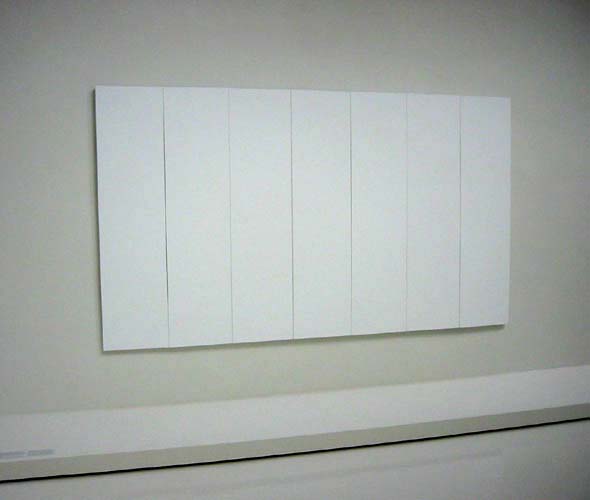
Abbas Kiarostami became famous with the film A Taste of Cherry (1997), then confirmed his class in Ten (2002), a powerful film created with a near-unparalleled technical economy.
In Five, Kiarostami seems to go further than ever before. The subtitle says it all: Five long takes. Five takes*. Long takes. Of water, and a few other elements. We have the beach, the dock, the shoreline and the pond. We have nature. We have a person from time to time (though the people are no more important than dogs, ducks or a piece of wood). We don't have much more. For 74 minutes.
In the first of the five takes, we might still think a minimalist story will be sketched. Indeed, something happens. A piece of wood gets... well, something happens, I wouldn't like to reveal the fragile plot (attention: many reviews do reveal it!) , as the discovery is part of the pleasure. If you take pleasure in slow discoveries. And dubious ones, since the further on, the less story-like it all is. Time seems to stop, literally, and we are left to choose between pure contemplation and total desperation.
The question of time brings me to my main impression: there is still a huge distance between a gallery work and a film meant for cinema. One of the participants of the Serpa seminar, the greatly underestimated Victor Erice, who (as I've been told by some other participants) has been working with Kiarostami, revealed an apparently little-known fact (almost none of the reviews mentions it and the organizers didn't seem to know it): the film was actually first made for a gallery space. That changes everything, both relieving me and disappointing. Relieving, since in a gallery we may allow this sort of anti-rhythm, as we go in and out, put it in and out of a larger context. We can leave, or stick around to contemplate. In a cinema, the conventions are quite different: we are there on an unwritten pact with the director. We accept to stay, given he accepts to take our presence into account. Frankly, I don't think Kiarostami does that. The disappointement also comes from here: it is only and installation, and somehow it was later adopted as a feature film. I can imagine when the idea of turning the installation into a (cinema) film came up at some point, the director thought this would be an interesting experiment. Well, for me the experiment is a significant failure. Mainly, because the time this film creates is another type of time, one that does not care for beginnings and ends, while a film's beginning and end are a "simple" matter of fact. In that sense, even the slowest of films has a dynamic, one which I could not find here.
Of course, there have been comparisons made, and rightly so, between Five and Rauschenberg's white paintings, John Cage's 4'33, I might also add Yves Klein's exhibitions of void. In this sense one could say this cinematic avant-garde arrives as a late-comer in the world of art.

I would argue the matter is not that simple. The question is: what sort of experience can this kind of work provide. The specificity of a film has to do with the duration of its form. In the case of Five I felt trapped within a cinema framework. I wonder how it would be to see it on video, or on TV. The images aren't breathtaking, but they are contemplative. During the discussion after the film some participants suggested it does not allow one to stop watching, because at any moment something might happen and a great tension is present. I replied suggesting that, as I've noticed about 1/4 of the audience doze off, this would have to be a true revolution in the way we see cinema and the relation between the spectator and the film. Someone agreed (!) saying the dream-like character of the film is very close to actual dreaming.
I could imagine myself putting on Kiarostami's work at home, in loop mode, to watch it from time to time, or doze a bit, then go back to watching. Then again, I think I'd rather doze off on a beach.
Which is why I probably wouldn't go to a concert of 4'33 either.
Unless, of course, the interpreter were really good.
*Those aren't actually five takes: the fifth one is quite thoroughly edited and cut. Which adds some doubt to the question of "genuine" filming Kiarostami seemed to be defending.
Technorati:

No comments:
Post a Comment